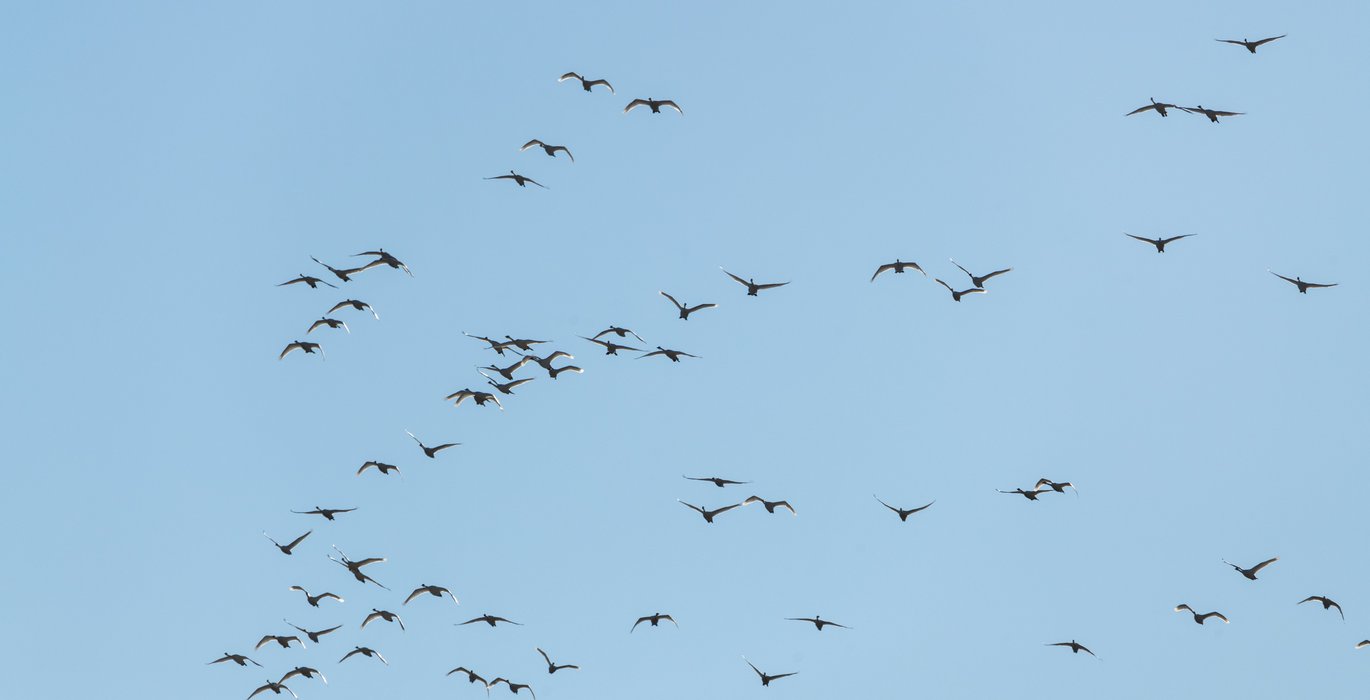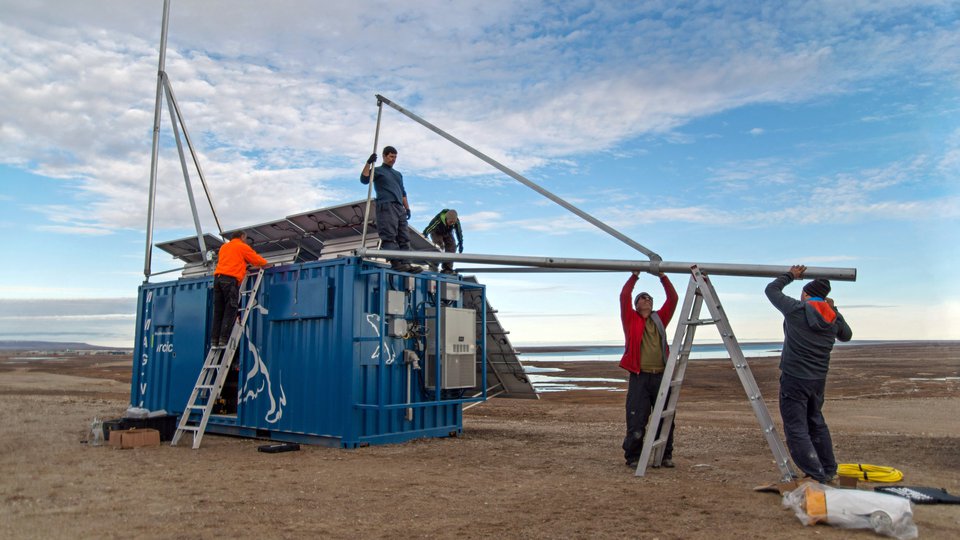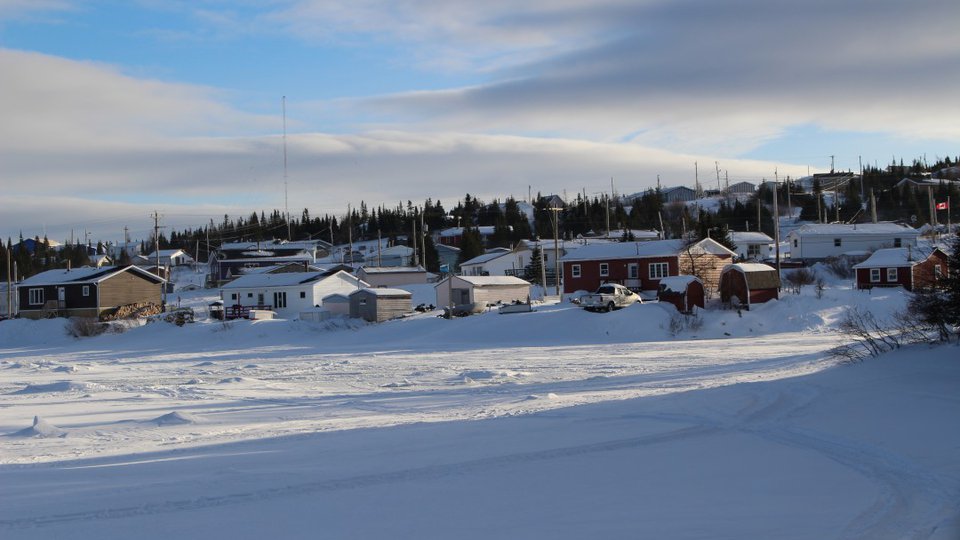
Highly Pathogenic Avian Influenza (HPAI)—better known as bird flu—has been found in wild birds in the Yukon, testing by the territory’s Animal Health Unit and Environment and Climate Change Canada (ECCC) has confirmed.
The discovery, which was announced via press release from the Yukon’s department of environment on May 27, marks the Yukon as the first of Canada’s three territories to positively identify the presence of the highly contagious virus.
The disease was found in two separate species of waterfowl, Kristenn Magnusson, Yukon’s program veterinarian, told Arctic Focus.
Confirmed presence of the virus in wild populations is “not surprising or a shock,” but merely “helps to confirm what we already know” about the virus, she says.
“Migratory wild birds are carrying the virus,” Magnusson said in her initial press release. “Spring migration is ongoing and further detections of Highly Pathogenic Avian Influenza in the Yukon are likely.”
One of the difficulties of determining the spread of the virus in the North is the sheer size of it—humans are much less likely to notice sick wild birds in the territories, simply because there are fewer of us and a lot of space. Although to date only the Yukon has detected the virus, we know the disease is in wild migratory birds moving north as part of their normal migration routes, says Jennifer Provencher, a research scientist in the ecotoxicology and wildlife health division of the ECCC, noting that there has recently been a confirmed case in Labrador, where the virus was found in a gull.
“It’s a very large landscape… (and) we don't have eyes and ears everywhere,” she says. “It’s very likely that birds across the North and Canada do have avian influenza.”
This particular strain of avian flu–H5N1 HPAI–first began sickening wild and domestic birds in Europe, Asia and Africa in late 2021. It has since spread to North America, where it is wreaking havoc on poultry farms–since late 2021, poultry and egg producers in Canada alone have lost more than 1.7 million birds to the illness.
Infected birds may present with a variety of symptoms, including a loss of fear of humans, uncoordinated or wobbly movements, swelling around the head and throat, coughing, listlessness and diarrhea. These symptoms are obviously most easily observed in domestic birds, such as chickens–sick wild birds are most likely to be encountered after they’ve died–and other signs for farmers to look for include decreased egg production and sudden, unexplainable deaths in their flocks, says Magnusson.
This strain of the virus is exceptionally infectious among birds, and can be passed from infected wild birds to livestock (and vice versa) through direct contact and through droppings, but the pathogen is also extremely resilient and is capable of surviving on surfaces and in soil for extended periods of time–a 2020 study, in fact, found the virus could survive and remain infectious in wetland mud for up to seven months.
Because of this, it can also be spread to birds by humans, who could pass the virus to poultry simply by visiting an infected farm, or traipsing around in a marsh where infected waterfowl live, and then going to another farm wearing their contaminated boots. This might not be a good time to go visiting friends with farms or backyard flocks, Magnusson noted.
"While the risk of human infection with avian influenza viruses is low, individuals should be cautious when handling sick or dead birds.”
"Livestock farmers and Yukoners who own domestic birds need to protect their birds from this virus. Avian Influenza causes severe illness and death in domestic birds. This includes backyard hens and pet poultry, as well as commercial poultry farms. Pigs can also get influenza viruses and need to be housed separately from poultry,” the press release reads.
More information on protecting domestic flocks is available through the Canadian Food Inspection Agency website.
Avian influenza is a blanket term for a host of viruses which occurs naturally within bird populations, and is comprised of many subtypes; this particular subtype of avian influenza, H5N1, is known for its high transmissibility between birds, as well as its ability to sometimes jump into humans and other mammals from sick birds. Moreover, the strain has an unusually high mortality rate–90 to 100 per cent in some populations–hence its classification as “highly pathogenic.”
Waterfowl, such as ducks and geese, are particularly susceptible to the virus, and while they may have “mortality events” –where large numbers of birds die quickly of the illness– or experience severe infections, ducks and geese can also be “carriers,” spreading the illness to other bird populations and species, says Provencher.
Predatory birds, such as eagles, or scavengers like jays, crows and gulls, can also contract and carry the virus–usually through consumption of other infected birds–but are more likely to die.
Northerners tend to interact with wildlife differently than Southerners, especially when it comes to hunting and other traditional Indigenous and First Nations subsistence and cultural practices, and that means we should take special considerations when it comes to bird flu. For example, folk participating in wild egg collecting–an important traditional practice among the Inuit– or hunters and trappers visiting bird colonies, where large numbers of fowl congregate, should be especially aware they can be transmitting the virus through infected mud on their boots, particularly if they are moving from island to island in their boats.
“Washing your boots is a really good thing…We really encourage people to really clean,” she says.
As always, all hunters and trappers handling fowl and other wild game should practice proper hygiene and butchering practices, both for their health and the health of other species.
In the past, strains of H5N1 have indeed infected–and killed–humans. From 2003-2021, 863 such infections have been documented, and of those sickened, around half died. While this strain appears to be especially infectious and deadly in birds, it appears to be less transmissible to humans than previous strains, says Provencher, and incidents of spillover are presently quite low.
"Human cases of this strain of avian influenza are very uncommon… (and) tends to be caused by close contact with infected live or dead poultry. While the risk of human infection with avian influenza viruses is low, individuals should be cautious when handling sick or dead birds.” Magnusson says.
Cooking destroys the H5N1 virus in both eggs and meat, Provencher notes.
In addition to extra care around handling game and farm birds, people should keep an eye on their pets, says Magnusson. Other mammals can contract avian flu through contact with infected birds, including dogs and cats.
Foxes also appear to be particularly susceptible, with multiple reports of the animals dying of the disease in Ontario, Michigan and Minnesota.
Yukoners who keep domestic fowl are encouraged to contact the Government of Yukon’s Agriculture Branch with your contact information to receive important updates and information. In the event of confirmed flock infection, compensation is available for culled birds.
Yukoners who become ill after handling birds should see their doctor or contact Yukon Communicable Disease Control at 867-667-8323.





